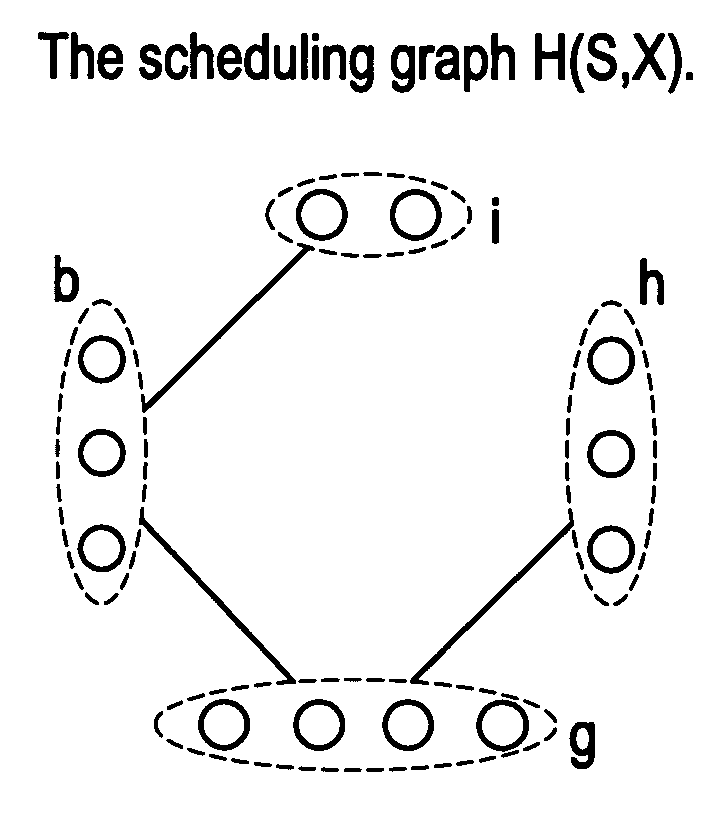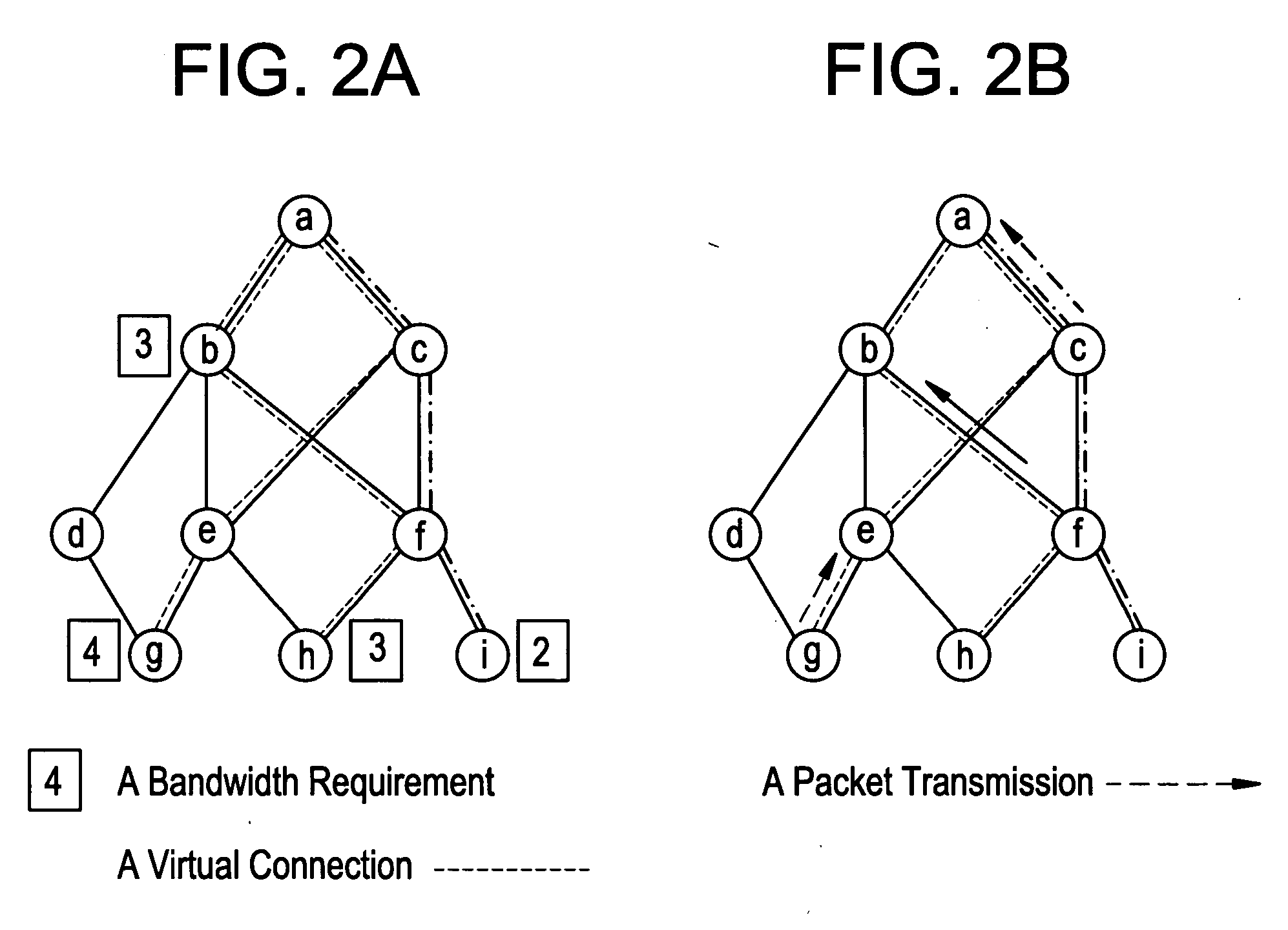Methods and devices for scheduling the transmission of packets in configurable access wireless networks that provide Quality-of-Service guarantees
a wireless network and configurable access technology, applied in the field of methods and devices for scheduling the transmission of packets, can solve the problems of difficult to reduce packet re-transmission, inability to relay packets through the station, and inability to easily achieve packet transmission, etc., to achieve the effect of conserving energy
- Summary
- Abstract
- Description
- Claims
- Application Information
AI Technical Summary
Benefits of technology
Problems solved by technology
Method used
Image
Examples
Embodiment Construction
[0014] Referring now to FIG. 1, there is shown a simplified illustration of a TDMA-based CAN 1000 according to one embodiment of the present invention. As shown, CAN 1000 includes one or more access point stations (APs) 2000a,2000b, . . . 2000n and non-AP stations (“stations”) 3000a,3000b, . . . 3000n (where “n” is the last AP or station). In one embodiment of the present invention, CAN 1000 is connected to, and receives at least configuration and activation messages from an external controller 4000 referred to as a network operation center (“NOC”) or just controller. In an embodiment of the present invention, the NOC 4000 is operable to determine: the topology of CAN 1000; routing paths associated with each station; and packet transmission schedules associated with each station. Based on the routes and transmission schedules determined at a given point in time, the NOC 4000 is thereafter further operable to configure each wireless station 2000a,2000b, . . . 2000n and 3000a,3000b, ....
PUM
 Login to View More
Login to View More Abstract
Description
Claims
Application Information
 Login to View More
Login to View More - R&D
- Intellectual Property
- Life Sciences
- Materials
- Tech Scout
- Unparalleled Data Quality
- Higher Quality Content
- 60% Fewer Hallucinations
Browse by: Latest US Patents, China's latest patents, Technical Efficacy Thesaurus, Application Domain, Technology Topic, Popular Technical Reports.
© 2025 PatSnap. All rights reserved.Legal|Privacy policy|Modern Slavery Act Transparency Statement|Sitemap|About US| Contact US: help@patsnap.com



